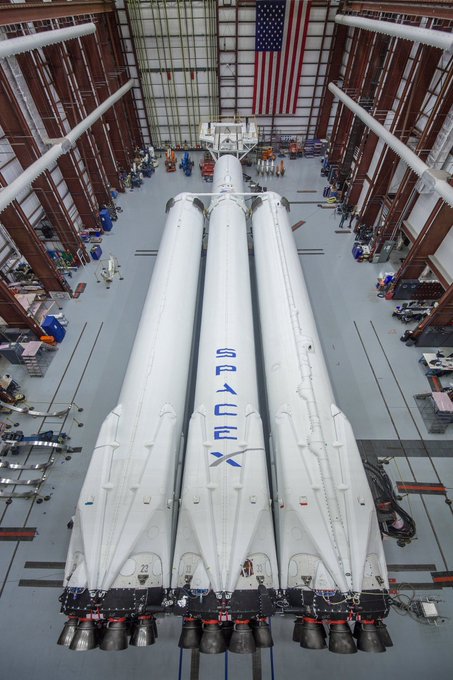India aims to double launches in 2018
The new colonial movement: The head of India’s space agency ISRO said in a newspaper interview today that the agency hopes to more than double the number of launches it completes in 2018, increasing the number to between 10 to 12 launches from the four successful launches in 2017.
“We are targeting 10 to 12 launches next year. The communication satellite GSAT-6A and Chandrayaan-2 mission will be launched by GSLV-Mk-II rockets. The second mission of GSLV-Mk-III rocket with a communication satellite and the launch of navigation satellite also will take place next year”, Kiran Kumar explained.
The much-awaited Chandrayaan-2 mission could be launched in the second quarter of 2018. “The moon lander is ready for the mission and undergoing tests. The flight hardware is getting assembled and going through tests. We are targeting the second quarter of the next year for the launch”, the top scientist said.
The two GSLV launches are critical, as this larger rocket is needed for India to really compete in the international market.
The new colonial movement: The head of India’s space agency ISRO said in a newspaper interview today that the agency hopes to more than double the number of launches it completes in 2018, increasing the number to between 10 to 12 launches from the four successful launches in 2017.
“We are targeting 10 to 12 launches next year. The communication satellite GSAT-6A and Chandrayaan-2 mission will be launched by GSLV-Mk-II rockets. The second mission of GSLV-Mk-III rocket with a communication satellite and the launch of navigation satellite also will take place next year”, Kiran Kumar explained.
The much-awaited Chandrayaan-2 mission could be launched in the second quarter of 2018. “The moon lander is ready for the mission and undergoing tests. The flight hardware is getting assembled and going through tests. We are targeting the second quarter of the next year for the launch”, the top scientist said.
The two GSLV launches are critical, as this larger rocket is needed for India to really compete in the international market.



